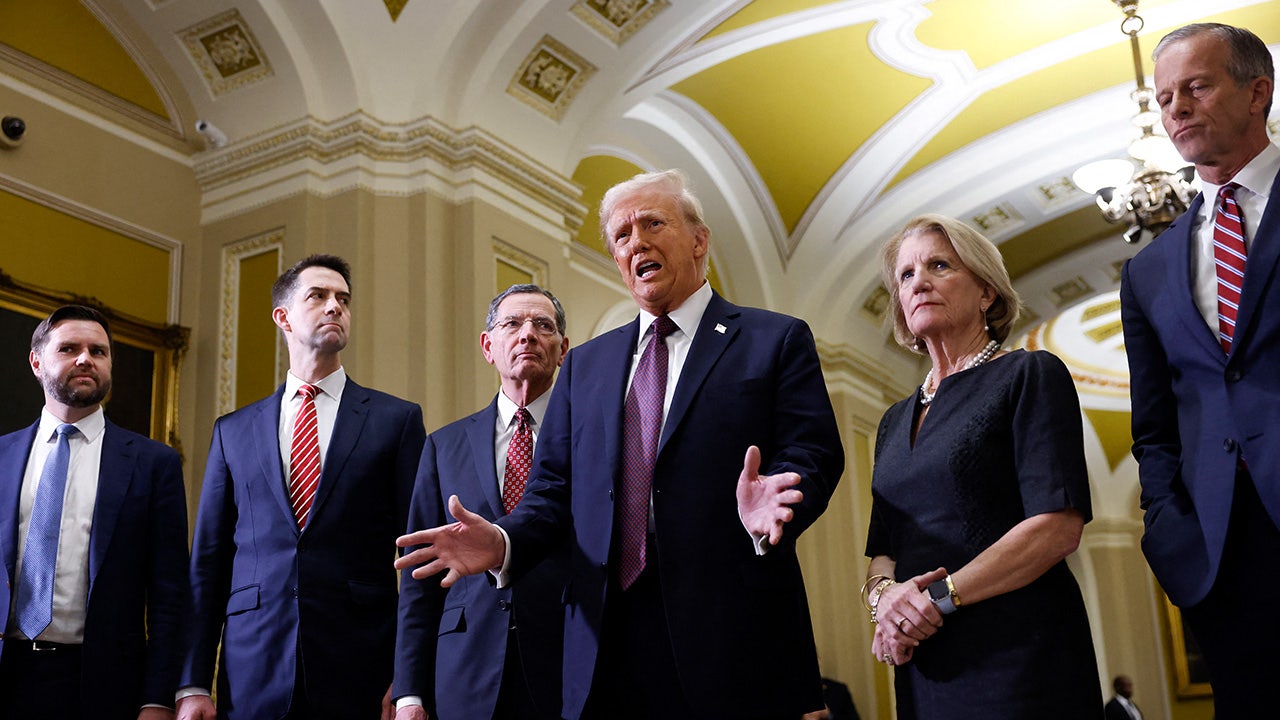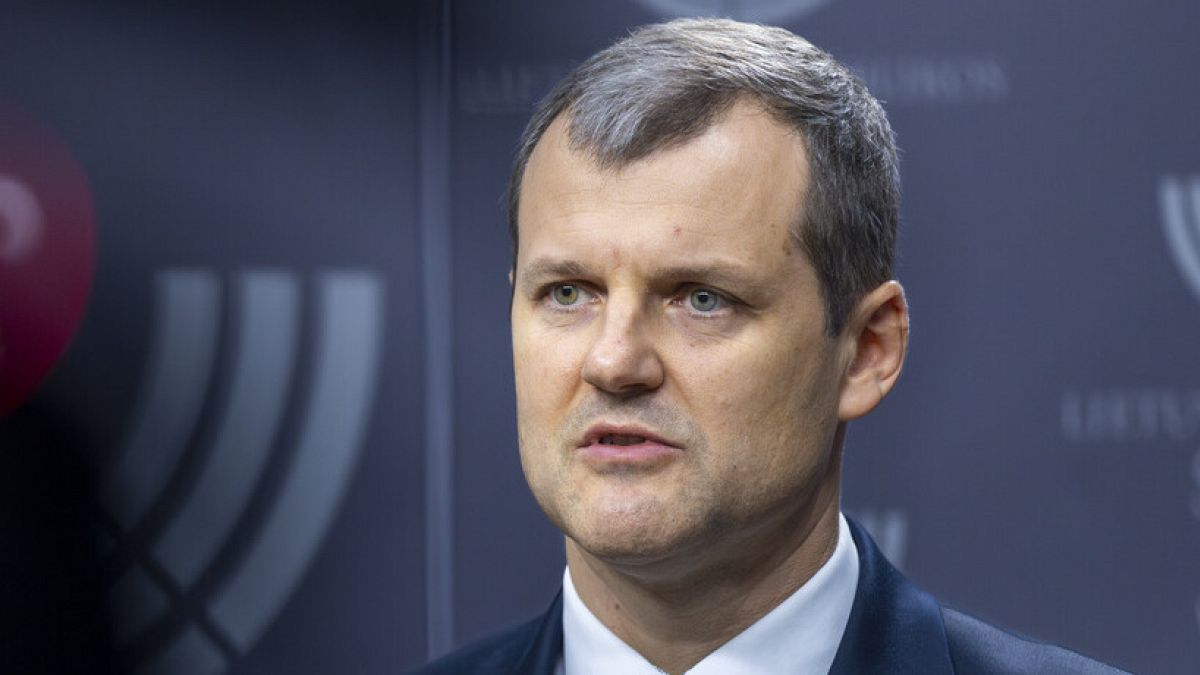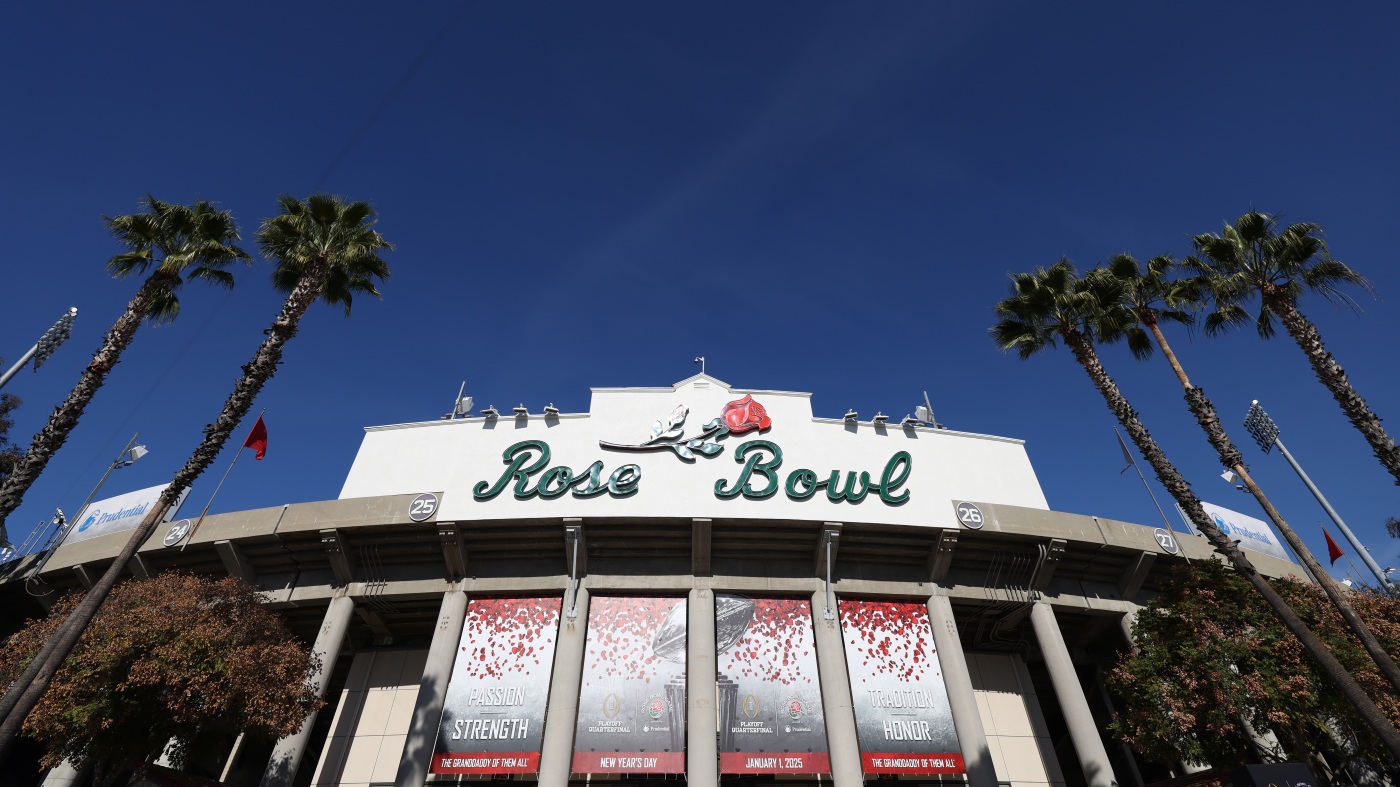Education
Harvard’s Admissions Is Challenged for Favoring Children of Alumni

It’s been called affirmative action for the rich: Harvard’s special admissions treatment for students whose parents are alumni, or whose relatives donated money. And in a complaint filed on Monday, a legal activist group demanded that the federal government put an end to it, arguing that fairness was even more imperative after the Supreme Court last week severely limited race-conscious admissions.
Three Boston-area groups requested that the Education Department review the practice, saying the college’s admissions policies discriminated against Black, Hispanic and Asian applicants, in favor of less qualified white candidates with alumni and donor connections.
“Why are we rewarding children for privileges and advantages accrued by prior generations?” asked Ivan Espinoza-Madrigal, executive director of Lawyers for Civil Rights, which is handling the case. “Your family’s last name and the size of your bank account are not a measure of merit, and should have no bearing on the college admissions process.”
The complaint from liberal groups comes days after a conservative group, Students for Fair Admissions, won its Supreme Court case. And it adds to accelerating pressure on Harvard and other selective colleges to eliminate special preferences for the children of alumni and donors.
The Office for Civil Rights of the Education Department, which would review the complaint, may already be gearing up to investigate. In a statement after the Supreme Court decision, President Biden said he would ask the department to examine “practices like legacy admissions and other systems that expand privilege instead of opportunity.”
A spokeswoman for Harvard, Nicole Rura, said the school would have no comment on the complaint, but reiterated a statement from last week: “As we said, in the weeks and months ahead, the university will determine how to preserve our essential values, consistent with the court’s new precedent.”
Colleges argue that the practice helps build community and encourages donations, which can be used for financial aid.
A poll released last year by the Pew Research Center found that an increasing share of the public — 75 percent — believed that legacy preferences should not be a factor in who was admitted to college.
And the call for eliminating legacy and donor preferences has grown recently across the political spectrum.
Representative Alexandria Ocasio-Cortez, Democrat of New York, tweeted that if the Supreme Court “was serious about their ludicrous ‘colorblindness’ claims, they would have abolished legacy admissions, aka affirmative action for the privileged.”
On “The Faulkner Focus,” a Fox News program, Senator Tim Scott, Republican of South Carolina and a presidential candidate, said, “One of the things that Harvard could do to make that even better is to eliminate any legacy programs where they have preferential treatment for legacy kids.”
Peter Arcidiacono, a Duke University economist who has analyzed Harvard data, found that a typical white legacy applicant’s chances of being admitted increase fivefold over a typical, white non-legacy applicant.
Even so, eliminating legacy preferences at Harvard, the study said, would not offset the loss in diversity if race-conscious admissions were also eliminated.
In its decision on race-conscious admissions, some Supreme Court justices criticized legacy admissions. Justice Neil M. Gorsuch, in an opinion concurring with the court’s majority, took aim at preferences for the children of donors and alumni, saying: “They are no help to applicants who cannot boast of their parents’ good fortune or trips to the alumni tent all their lives. While race-neutral on their face, too, these preferences undoubtedly benefit white and wealthy applicants the most.”
In her dissenting opinion, Justice Sonia Sotomayor referred to legacy admissions, arguing that continuing race-based preferences was only fair in light of the fact that most of the pieces in the admissions puzzle “disfavor underrepresented racial minorities.”
While Colorado adopted a law in 2021 banning legacy admissions in public universities, legislation in Congress and several other states has gained little traction.
A New York bill filed last year was opposed by the state’s private school association, the Commission on Independent Colleges and Universities, which includes highly selective colleges such as Columbia, Cornell and Colgate.
In Connecticut, where lawmakers held a hearing on the issue last year, Yale was among the private schools that came out in opposition. In written testimony, Jeremiah Quinlan, Yale’s dean of undergraduate admissions, called the proposed ban a government intrusion into university affairs.
Selective private universities, in particular, have been slow to eliminate legacies, with M.I.T., Johns Hopkins University and Amherst College among a few elite schools that do not use them.
In a news release last month describing its fall class, the first since the college eliminated legacy preferences, Amherst announced that the number of first-generation students in the school’s fall class would be higher than ever — 19 percent — while the number of students who were legacies had declined to 6 percent. Previously, legacies had made up 11 percent of the class.
The complaint to the Education Department was filed by three groups — Chica Project, African Community Economic Development of New England and Greater Boston Latino Network.

Education
Four Fraternity Members Charged After a Pledge Is Set on Fire

Four fraternity members at San Diego State University are facing felony charges after a pledge was set on fire during a skit at a party last year, leaving him hospitalized for weeks with third-degree burns, prosecutors said Monday.
The fire happened on Feb. 17, 2024, when the Phi Kappa Psi fraternity held a large party at its house, despite being on probation, court documents show. While under probation, the fraternity was required to “demonstrate exemplary compliance with university policies,” according to the college’s guidelines.
Instead, prosecutors said, the fraternity members planned a skit during which a pledge would be set on fire.
After drinking alcohol in the presence of the fraternity president, Caden Cooper, 22, the three younger men — Christopher Serrano, 20, and Lars Larsen, 19, both pledges, and Lucas Cowling, 20 — then performed the skit, prosecutors said.
Mr. Larsen was set on fire and wounded, prosecutors said, forcing him to spend weeks in the hospital for treatment of third-degree burns covering 16 percent of his body, mostly on his legs.
The charges against Mr. Cooper, Mr. Cowling and Mr. Serrano include recklessly causing a fire with great bodily injury; conspiracy to commit an act injurious to the public; and violating the social host ordinance. If convicted of all the charges, they would face a sentence of probation up to seven years, two months in prison.
Mr. Larsen himself was charged. The San Diego County District Attorney’s office said that he, as well as Mr. Cooper and Mr. Cowling, also tried to lie to investigators in the case, deleted evidence on social media, and told other fraternity members to destroy evidence and not speak to anyone about what happened at the party.
All four men have pleaded not guilty.
Lawyers representing Mr. Cooper and Mr. Cowling did not immediately respond to messages requesting comment on Tuesday. Contact information for lawyers for Mr. Serrano and Mr. Larsen was not immediately available.
The four students were released on Monday, but the court ordered them not to participate in any fraternity parties, not to participate in any recruitment events for the fraternity, and to obey all laws, including those related to alcohol consumption.
The university said Tuesday that it would begin its own administrative investigation into the conduct of the students and the fraternity, now that the police investigation was complete.
After it confirmed the details, the dean of students office immediately put the Phi Kappa Psi chapter on interim suspension, which remains in effect, college officials confirmed on Tuesday.
Additional action was taken, but the office said it could not reveal specifics because of student privacy laws.
“The university prioritizes the health and safety of our campus community,” college officials said in a statement, “and has high expectations for how all members of the university community, including students, behave in the interest of individual and community safety and well-being.”
At least half a dozen fraternities at San Diego State University have been put on probation in the last two years, officials said.
Education
Video: Several Killed in Wisconsin School Shooting, Including Juvenile Suspect

new video loaded: Several Killed in Wisconsin School Shooting, Including Juvenile Suspect
transcript
transcript
Several Killed in Wisconsin School Shooting, Including Juvenile Suspect
The police responded to a shooting at a private Christian school in Madison, Wis., on Monday.
-
Around 10:57 a.m., our officers were responding to a call of an active shooter at the Abundant Life Christian School here in Madison. When officers arrived, they found multiple victims suffering from gunshot wounds. Officers located a juvenile who they believe was responsible for this deceased in the building. I’m feeling a little dismayed now, so close to Christmas. Every child, every person in that building is a victim and will be a victim forever. These types of trauma don’t just go away.
Recent episodes in Guns & Gun Violence
Education
Video: Biden Apologizes for U.S. Mistreatment of Native American Children

new video loaded: Biden Apologizes for U.S. Mistreatment of Native American Children
transcript
transcript
Biden Apologizes for U.S. Mistreatment of Native American Children
President Biden offered a formal apology on Friday on behalf of the U.S. government for the abuse of Native American children from the early 1800s to the late 1960s.
-
The Federal government has never, never formally apologized for what happened until today. I formally apologize. It’s long, long, long overdue. Quite frankly, there’s no excuse that this apology took 50 years to make. I know no apology can or will make up for what was lost during the darkness of the federal boarding school policy. But today, we’re finally moving forward into the light.
Recent episodes in Politics
-

 Business1 week ago
Business1 week agoThese are the top 7 issues facing the struggling restaurant industry in 2025
-

 Culture1 week ago
Culture1 week agoThe 25 worst losses in college football history, including Baylor’s 2024 entry at Colorado
-

 Sports1 week ago
Sports1 week agoThe top out-of-contract players available as free transfers: Kimmich, De Bruyne, Van Dijk…
-

 Politics6 days ago
Politics6 days agoNew Orleans attacker had 'remote detonator' for explosives in French Quarter, Biden says
-

 Politics6 days ago
Politics6 days agoCarter's judicial picks reshaped the federal bench across the country
-

 Politics4 days ago
Politics4 days agoWho Are the Recipients of the Presidential Medal of Freedom?
-

 Health3 days ago
Health3 days agoOzempic ‘microdosing’ is the new weight-loss trend: Should you try it?
-

 World1 week ago
World1 week agoIvory Coast says French troops to leave country after decades














